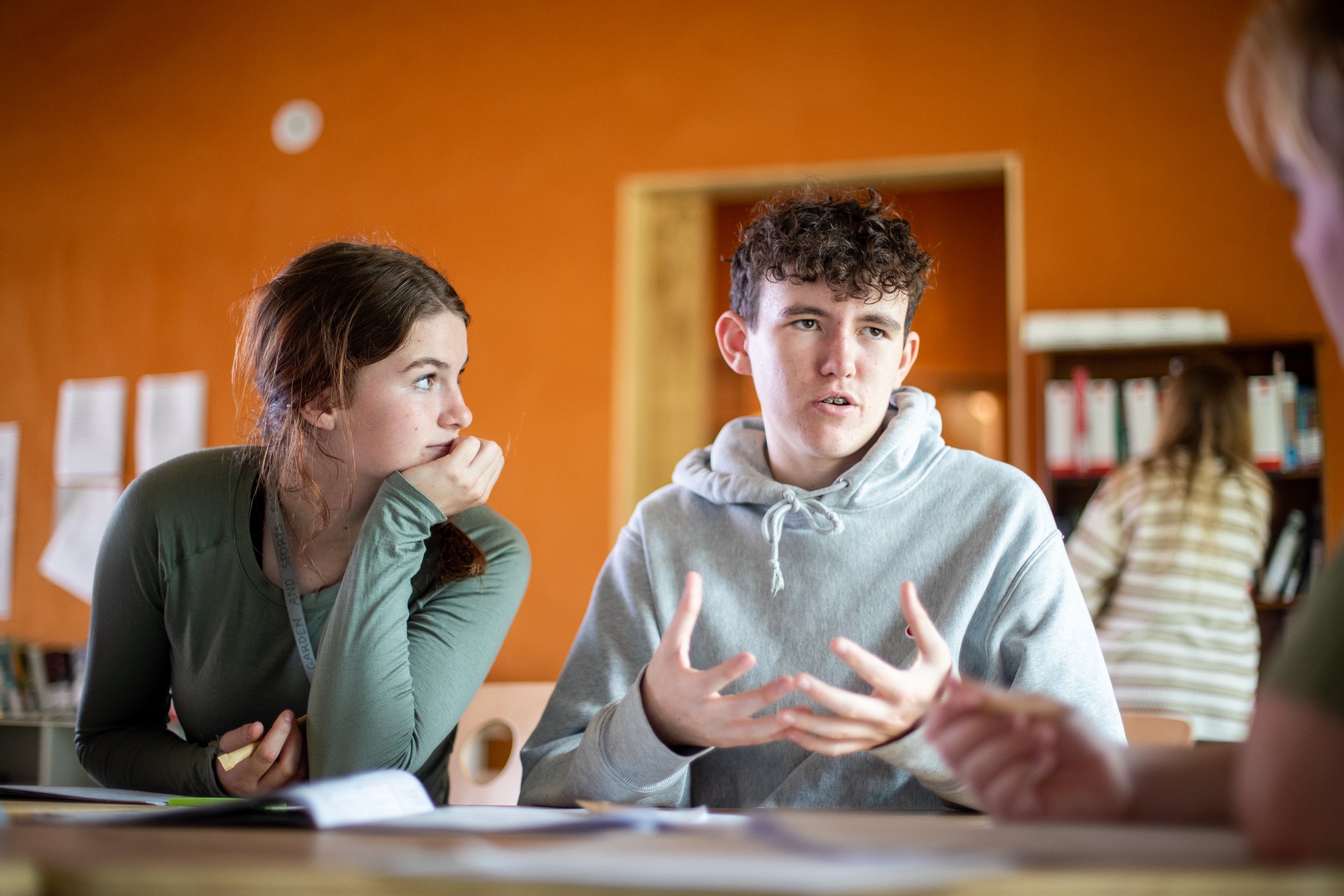Learning that makes the world a Better Place
At Green School New Zealand, learning isn’t confined to textbooks or traditional classrooms - it’s an immersive, passion-driven adventure. Each year, students across Year 6, Year 9, and Year 13 take on capstone projects known as Footprints, Quest, and Greenstone, respectively. These aren’t just projects; they’re transformative experiences that blend creativity, sustainability, and real-world problem-solving.
*Learn more below about Green School New Zealand, or it’s journey here. Hear from Sal here on Toddle Podcast or here on The Learning Future Podcast or a chat with India Future School Leaders and finally Juliette Schraauwers ‘Educators’ watch here.
The magic lies in the TED-talk-style presentations, where students unveil their work to the entire school community. Picture the room buzzing with energy as a Year 6 student reveals bucket hats crafted from upcycled clothes, Year 9 students present a climbing wall or a zip line, or a Year 13 presents their own podcast series. These are just a few highlights from an ever-growing list of incredible projects.
What sets these initiatives apart? They’re passion projects, grounded in Green School’s core values: sustainability, integrity, community, and equity. Students not only learn skills for the future - public speaking, teamwork, innovation - but also tackle challenges that make the world a better place. From publishing children’s books and creating eco-friendly paints, to organising public events and championing environmental activism, these projects embody the school’s ethos of real-world learning that is activated.
The capstone projects culminate in an experience that’s both deeply personal and profoundly impactful. They’re a testament to the belief that education is most powerful when it’s driven by purpose. At Green School New Zealand, students don’t just learn - they leave their footprints on the world.
Want to see the future of education in action? These projects are it! Watch them all on our Green School NZ You Tube Channel here!
Learn more about Green School, New Zealand, Aotearoa:
Green School’s mission is to create a global community of learners, making our world sustainable.
From our origins at Green School Bali, we have become a global movement in education, with schools opening in New Zealand and South Africa. Our ‘living’ curriculum educates for sustainability through community-integrated, entrepreneurial learning, in wall-less and nature-immersed environment.
We strive to champion a new model of education that nurtures the whole child, giving them agency in their own lives and learning, so that they can thrive with purpose in our ever-changing world. We invite you to join our global community and discover the difference for your family.
The global Green School movement first began with the opening of Green School Bali in 2008 by life-long entrepreneurs, John and Cynthia Hardy. After years of homeschooling, they wanted their daughters to attend a school that they believed in. Green School New Zealand, Founders the Perretts have a similar story, with their three children and since have become beacons for the future of education, with a growing community of Green School locations around the world.
Education. Green School New Zealand has a progressive focus towards the inclusion of te reo Māori in its curriculum. The use of reo is naturally incorporated into classroom learning, meetings, school signage, kōrero (talking) at break times, during sports and extra-curricular activities. It has been said that Green School is not only a place where Māori culture is seen and heard, but is felt.
Community & the Land The Green School community is one that honours and takes guidance from many elements of tikanga Māori (practices and values). From traditional pōwhiri and mihi whakatau ceremonies to welcome new families and visitors, to annual celebrations of Puanga and Parihaka Day, these practices are respectfully honoured as a way to acknowledge those who came before us, enhance community connections, and provide fulfilling experiences that broaden our knowledge of tikanga Māori.


















